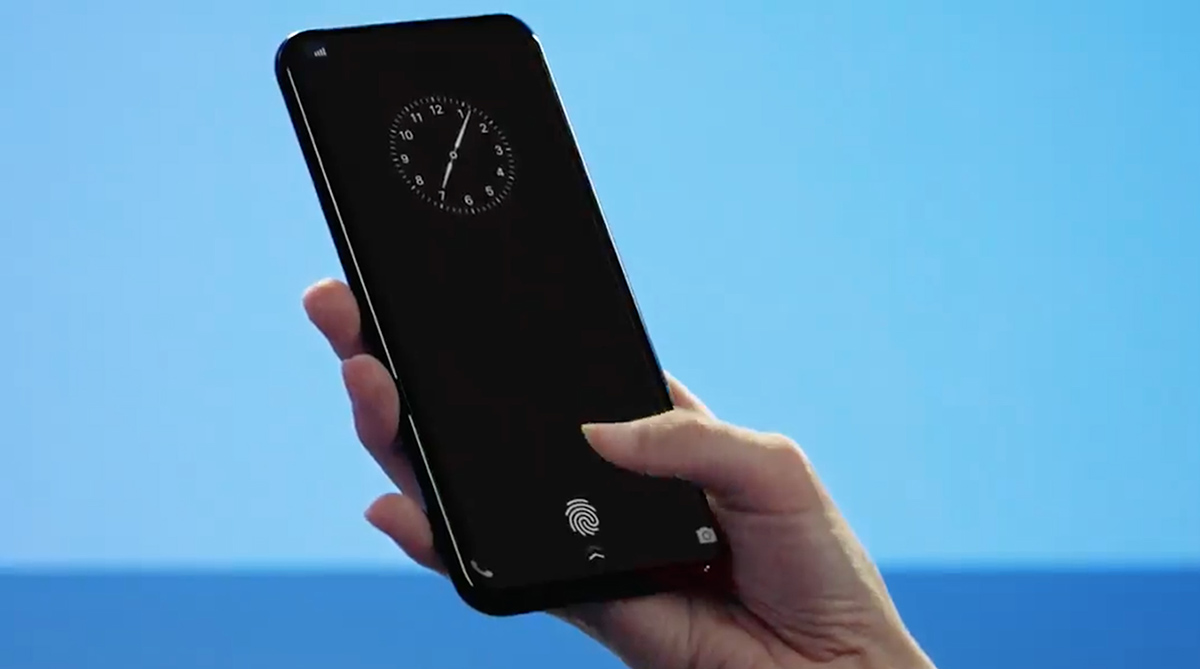
Samsung Galaxy S10 is coming to town and it holds a lot of promises. One of which is the state-of-the-art technology Samsung has recently equipped the upcoming flagship – the ultrasonic fingerprint scanner. The name speaks for itself.
The technology almost guaranteed to be securing millions of thumbprints. Qualcomm announced its 3D ultrasonic in-display fingerprint sensor in December 2018. Partnered with the powerful Snapdragon 855, it should do incredible things. Although, it’s not as perfect as it sounds. It has its pros and cons versus the traditional capacitive scanners and other in-display fingerprint designs.
Here’s everything you need to know:
How it works
Qualcomm’s 3D in-display ultrasonic fingerprint scanner is based on what used to be called Sense ID. It uses very high-frequency ultrasonic sound rather than the existing photographic or capacitive-based fingerprint scanners. The technology sends out waves to map out the details of one’s fingerprints, but you can’t hear it. You don’t even need to swipe, just touch the finger to the sensor like other fingerprint scanners.
The hardware consists of both a transmitter and a receiver to capture the details of a fingerprint. An ultrasonic pulse is transmitted against the finger that is placed over the scanner. Just like a blind bat sending out sound waves to identify the object in front, some of this pulse’s pressure is absorbed and some of it is bounced back to the sensor, depending upon the ridges, pores and other details that are unique to each fingerprint.
There is a sensor that can detect mechanical stress to calculate the intensity of the returning ultrasonic pulse at different points of the scanner. Scanning for longer periods of time allows for additional depth data to be captured, resulting in a highly detailed 3D reproduction of the scanned fingerprint.
Qualcomm boasts that the device has about a 250-millisecond latency for unlocking and just only 1 percent error rate.
Is it better?
Unlike the capacitive in-display scanner found in OnePlus 6T and Huawei Mate 20 pro, the ultrasonic fingerprint scanner uses, well, ultrasonic, not optical. Meaning to say, even if the screen is damaged, the sensor will continue to function. There is less chance of damaging the sensor or exposing it to external tampering and sweat or moisture on the finger won’t interfere with the scanning process either.
Additionally, 3D images are more complicated to forge, or fool compared to a 2D image, making this technology much secure.
The sensor is just 0.15 millimeters thick and can scan through up to 800 µm of glass and up to 650 µm of aluminum. Thus, the scanner can be entrenched under the case or under the display as we’re seeing in the Samsung Galaxy S10.
The new ultrasonic fingerprint scanner obviously has a lot of advantages compared to traditional scanners most phones are using today. Although we are yet to see it in live action, Qualcomm ensures that the technology will revolutionize the mobile industry. It’s possible that many manufacturers will adopt this technology throughout 2019.
